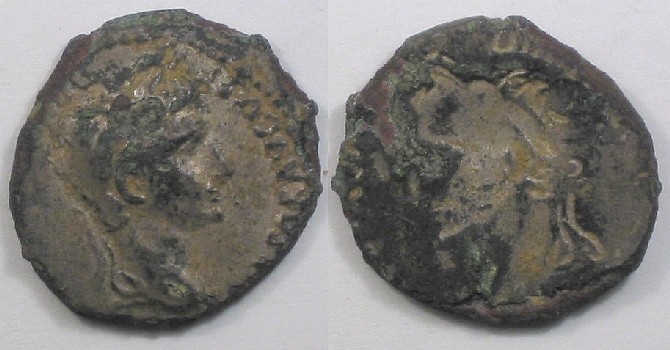
Brockage fourrée of Augustus. 2.72g. Source: Aaron Emigh
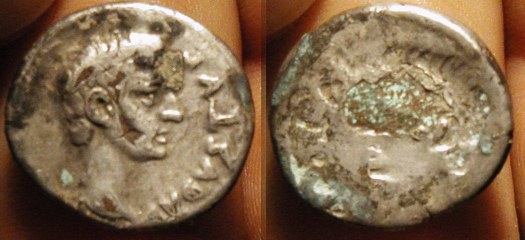
Brockage fourrée of Augustus. 3.1g. Source: Ed Witherspoon
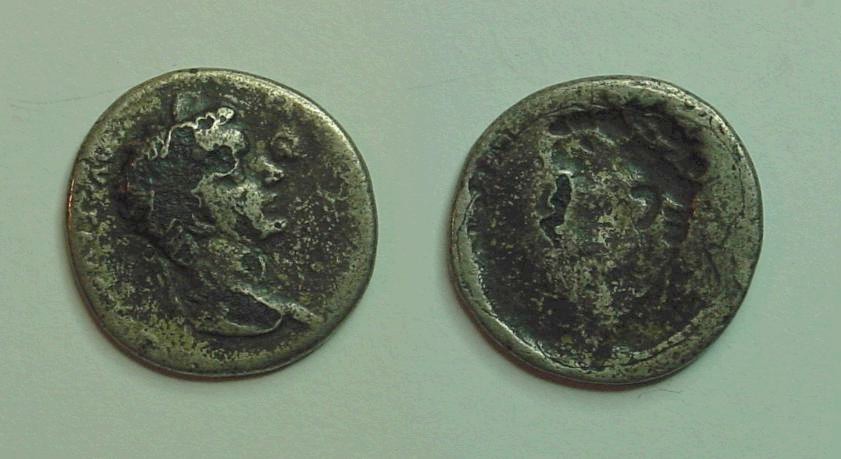
Brockage fourrée of Tiberius. Source: Marc Melcher
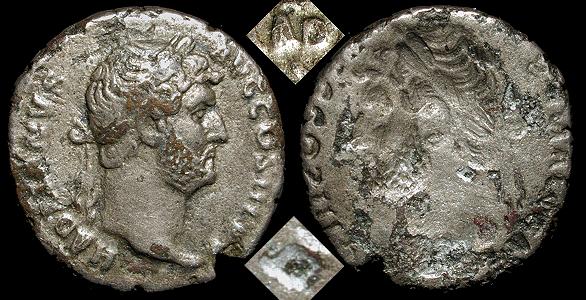
Brockage fourrée of Hadrian. Source: Doug Smith
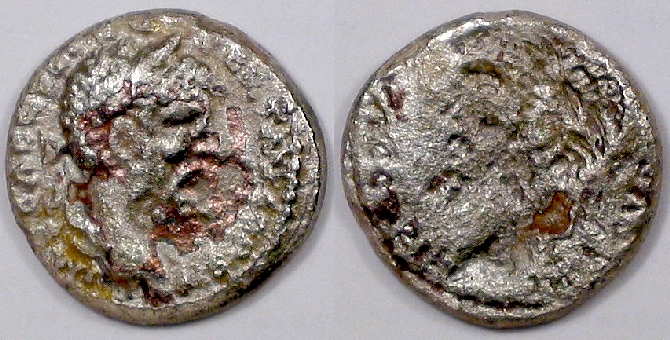
Brockage fourrée of Septimius Severus. Source: Aaron Emigh
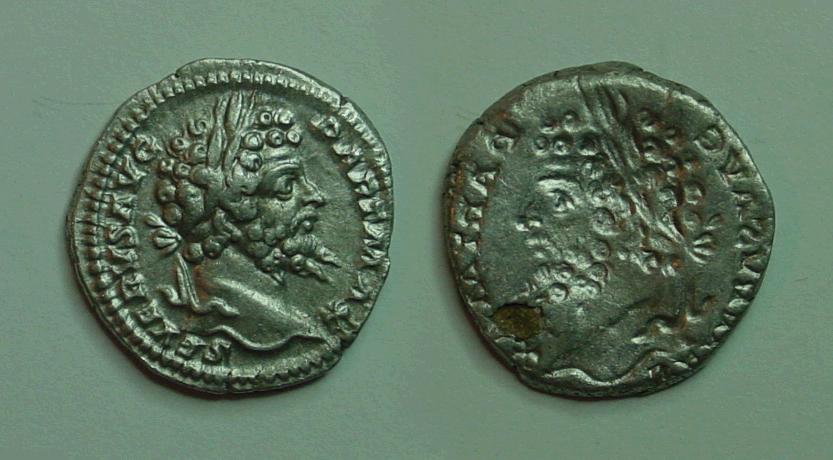
Brockage fourrée of Septimius Severus. Source: Marc Melcher
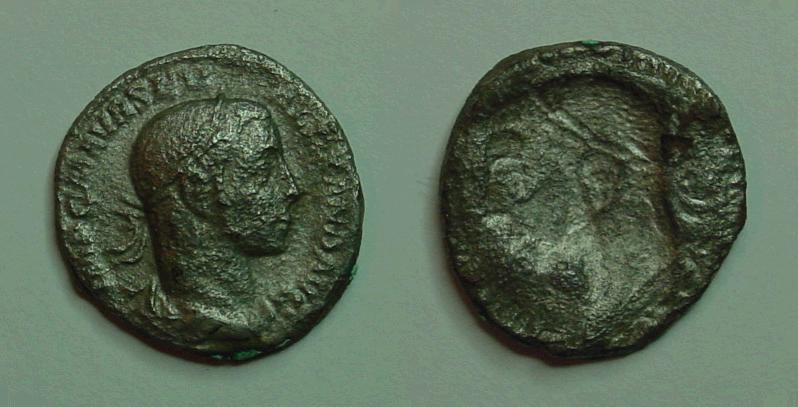
Brockage fourrée of Severus Alexander. Source: Marc Melcher
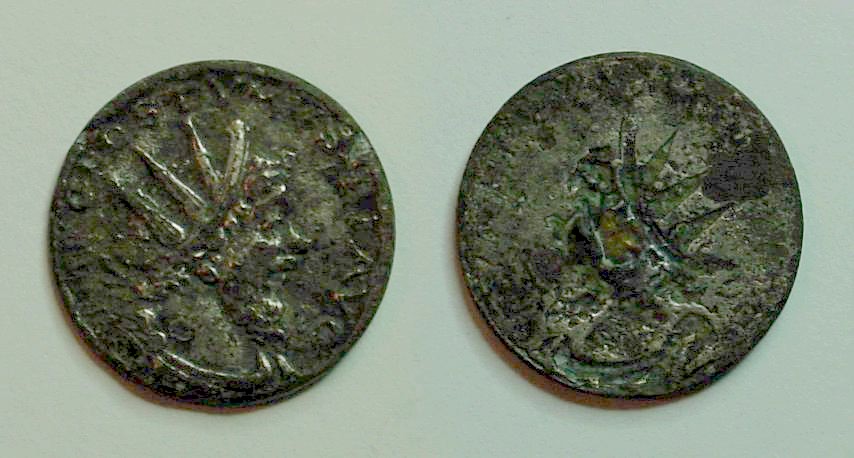
Brockage fourrée of Postumus. Source: Marc Melcher
This appears to be a modern forgery. It is commonly asserted that fourrées are not forged in modern times. This is definitely not the case, though modern forgeries are much rarer for fourrées than for official issues (probably due to a generally lower market value and increased complexity of manufacture). This particular example was sold at auction in Gemini IV.
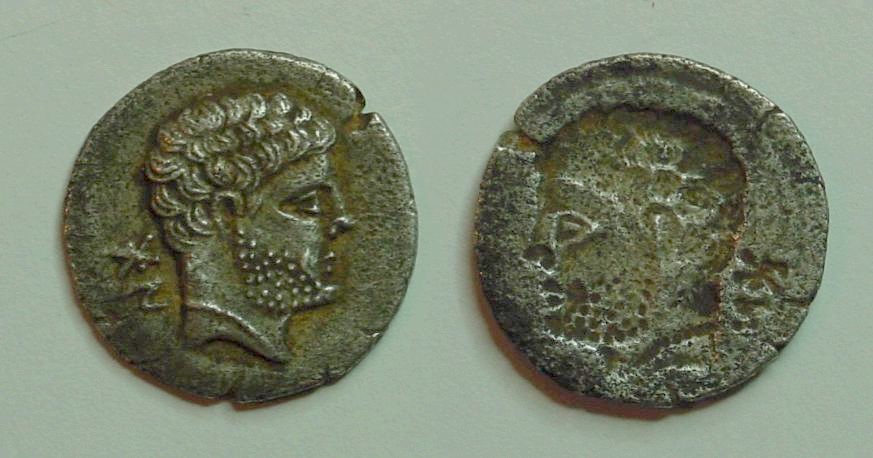
Brockage fourrée(?) of Osca. 2.05g. Source: Marc Melcher
| << Back to Previous Page | Fourrée home | Back to Previous Page >> |